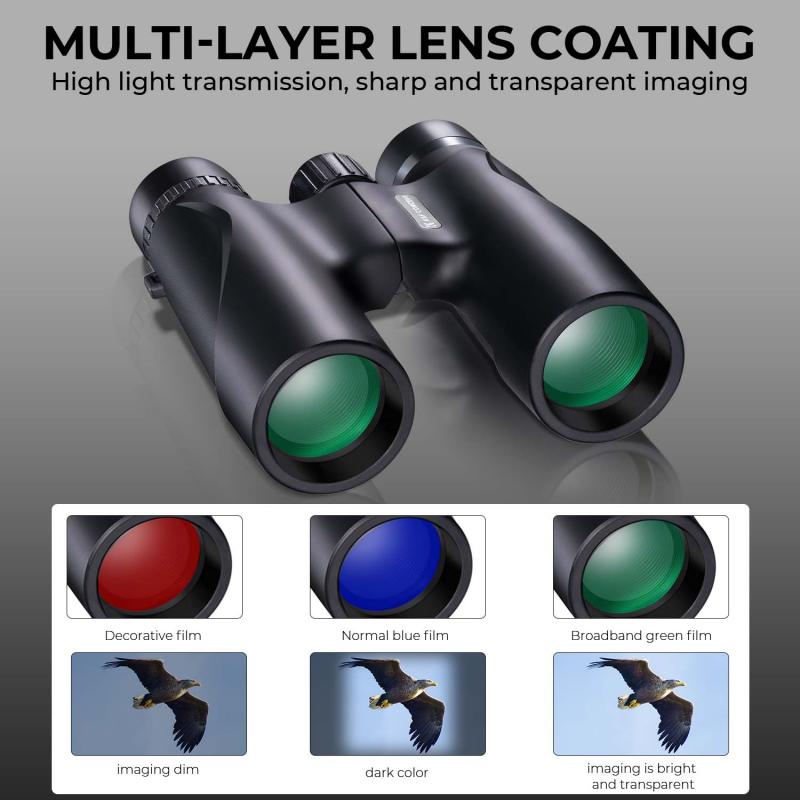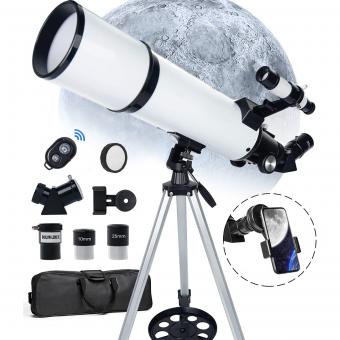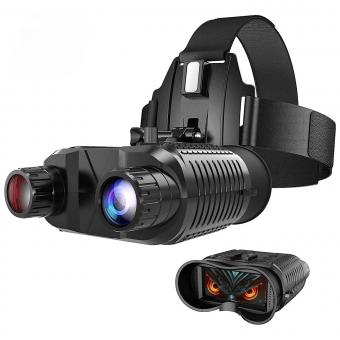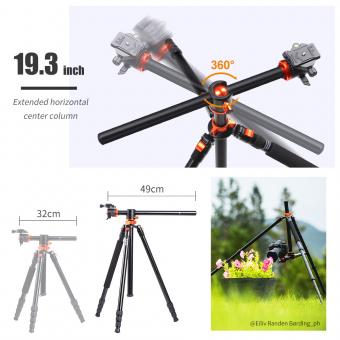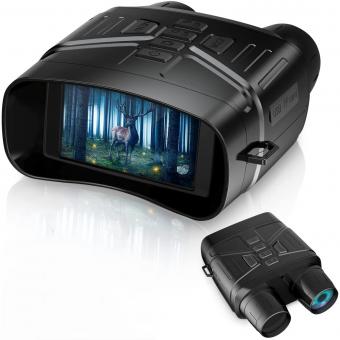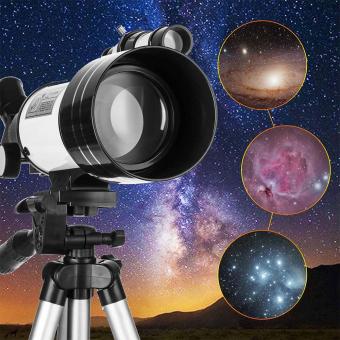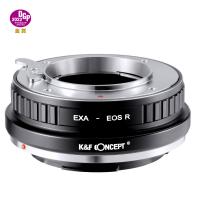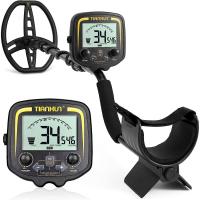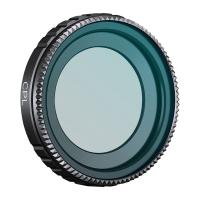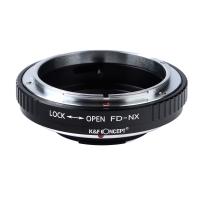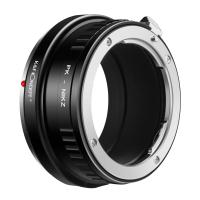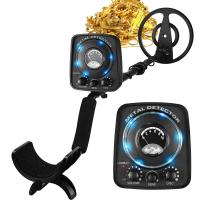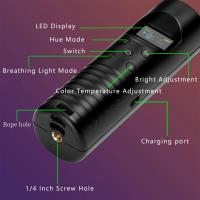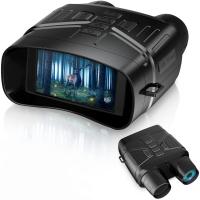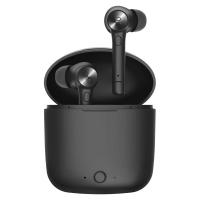How To Buy A Telescope For Astronomy ?
To buy a telescope for astronomy, first determine your budget and intended use. Research different types of telescopes, such as refractors, reflectors, or compound telescopes, to understand their pros and cons. Consider factors like aperture size, focal length, and mount type. Read reviews and seek recommendations from experienced astronomers. Visit local astronomy clubs or observatories to get hands-on experience with different telescopes. Compare prices and features from reputable retailers or online platforms. Consider purchasing from a specialized astronomy store for expert advice and support. Ensure the telescope comes with necessary accessories like eyepieces, finderscope, and tripod. Finally, make an informed decision based on your budget, needs, and the telescope's quality and suitability for astronomy.
1、 Types of telescopes: Refractor, reflector, compound, and catadioptric designs.
How to buy a telescope for astronomy:
When it comes to purchasing a telescope for astronomy, there are a few key factors to consider. Here is a guide to help you make an informed decision:
1. Determine your budget: Telescopes can range in price from a few hundred dollars to several thousand. Set a budget that suits your needs and stick to it.
2. Research telescope types: There are four main types of telescopes: refractor, reflector, compound, and catadioptric designs. Each has its own advantages and disadvantages. Refractor telescopes use lenses to gather and focus light, while reflector telescopes use mirrors. Compound telescopes combine lenses and mirrors, and catadioptric telescopes use a combination of lenses and mirrors to fold the light path. Research these designs to understand which one suits your needs best.
3. Consider aperture size: The aperture size determines how much light the telescope can gather. A larger aperture allows for better image quality and the ability to see fainter objects. However, larger apertures also mean larger and more expensive telescopes. Consider your observing goals and balance them with your budget.
4. Portability and ease of use: Think about where you will be using your telescope. If you plan to travel frequently or have limited storage space, a smaller, more portable telescope may be a better option. Additionally, consider the ease of setup and operation, especially if you are a beginner.
5. Read reviews and seek advice: Before making a purchase, read reviews from reputable sources and seek advice from experienced astronomers. They can provide valuable insights and recommendations based on their own experiences.
6. Accessories and additional features: Consider the accessories and additional features that come with the telescope. Some telescopes may include eyepieces, finderscopes, tripods, and software. These can enhance your observing experience and save you money in the long run.
7. Buy from a reputable dealer: Purchase your telescope from a reputable dealer or manufacturer. This ensures quality and reliable customer support.
Remember, astronomy is a lifelong hobby, and your telescope should be seen as an investment. Take your time, do your research, and choose a telescope that suits your needs and interests.
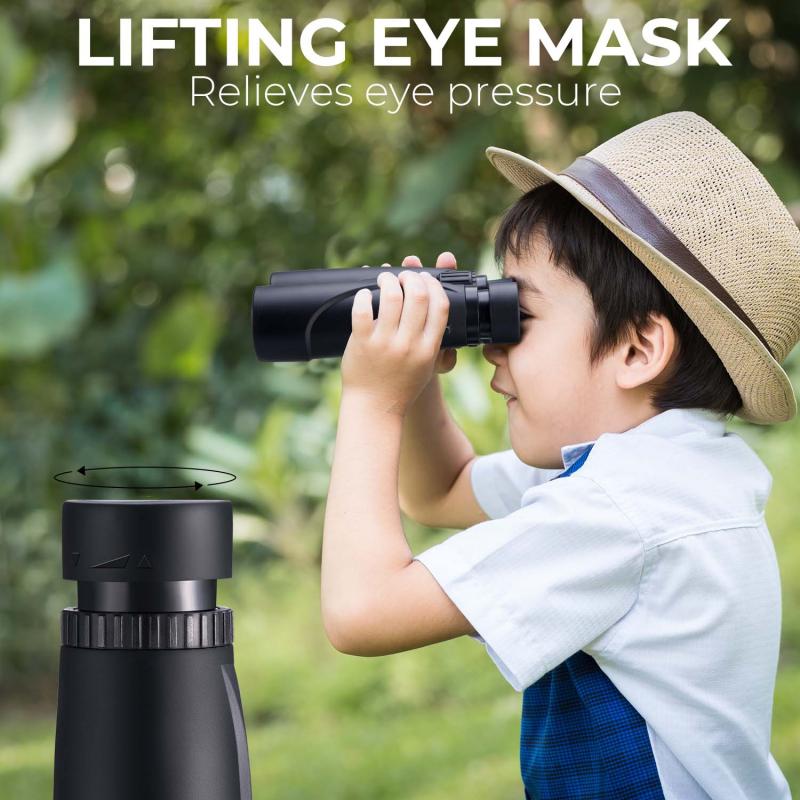
2、 Aperture size: Consider the diameter of the telescope's primary mirror or lens.
How to buy a telescope for astronomy:
When purchasing a telescope for astronomy, there are several factors to consider to ensure you make an informed decision. One crucial aspect to look at is the aperture size, which refers to the diameter of the telescope's primary mirror or lens. The aperture size plays a significant role in determining the telescope's light-gathering ability and overall image quality.
A larger aperture allows more light to enter the telescope, resulting in brighter and more detailed images. It enables you to observe fainter objects in the night sky and provides better resolution for observing planets, stars, and deep-sky objects. However, larger apertures also tend to make the telescope bulkier and more expensive.
The ideal aperture size depends on your observing goals and budget. For beginners, a telescope with an aperture between 70mm and 114mm can provide satisfactory views of the Moon, planets, and some brighter deep-sky objects. Intermediate astronomers may opt for apertures between 114mm and 203mm, which offer better resolution and the ability to observe more challenging celestial objects. Advanced users may consider larger apertures above 203mm for detailed observations of faint deep-sky objects.
It's important to note that while aperture size is crucial, other factors like optical quality, mount stability, and portability should also be considered. Additionally, advancements in technology have led to the development of computerized telescopes that can assist with finding celestial objects, making them a popular choice among beginners.
In conclusion, when buying a telescope for astronomy, consider the aperture size as it directly impacts the telescope's light-gathering ability and image quality. Choose an aperture size that aligns with your observing goals and budget, while also considering other important factors for a well-rounded telescope.
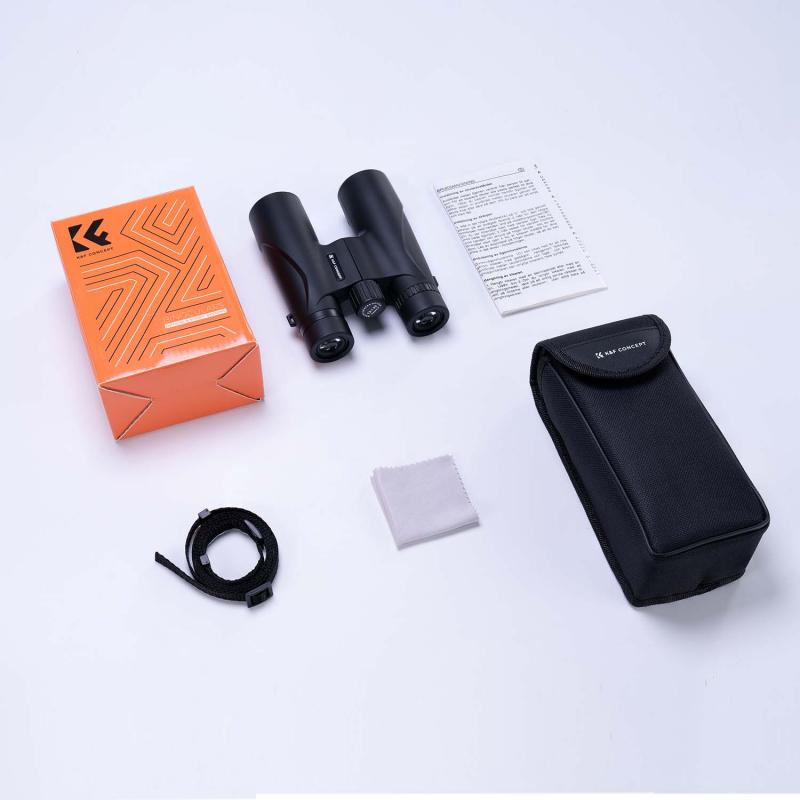
3、 Mount type: Equatorial or alt-azimuth mount for stability and tracking.
How to Buy a Telescope for Astronomy: Mount Type - Equatorial or Alt-Azimuth Mount for Stability and Tracking
When it comes to buying a telescope for astronomy, one of the most important factors to consider is the mount type. The mount is the component that holds the telescope and allows it to be pointed and tracked accurately. There are two main types of mounts to choose from: equatorial and alt-azimuth.
An equatorial mount is designed to align with the Earth's rotation axis, allowing for easy tracking of celestial objects as they move across the sky. This type of mount is ideal for astrophotography and for observing objects that require long exposure times. Equatorial mounts can be motorized, which further enhances their tracking capabilities. However, they can be more complex to set up and use compared to alt-azimuth mounts.
On the other hand, an alt-azimuth mount moves the telescope in vertical (altitude) and horizontal (azimuth) directions. It is simpler to set up and use, making it a popular choice for beginners. Alt-azimuth mounts are great for observing objects that don't require long exposure times, such as the Moon, planets, and bright deep-sky objects. However, they are not as effective for astrophotography or for tracking objects that move across the sky.
In recent years, there has been a rise in computerized mounts that combine the benefits of both equatorial and alt-azimuth mounts. These mounts, often referred to as GoTo mounts, have built-in motors and computerized systems that can automatically locate and track celestial objects. They are a great option for those who want convenience and ease of use.
Ultimately, the choice between an equatorial or alt-azimuth mount depends on your specific needs and preferences. Consider factors such as your level of experience, intended use of the telescope, and budget. It's also worth noting that the mount is just one aspect of buying a telescope, and other factors like aperture size and optical quality should also be taken into account.
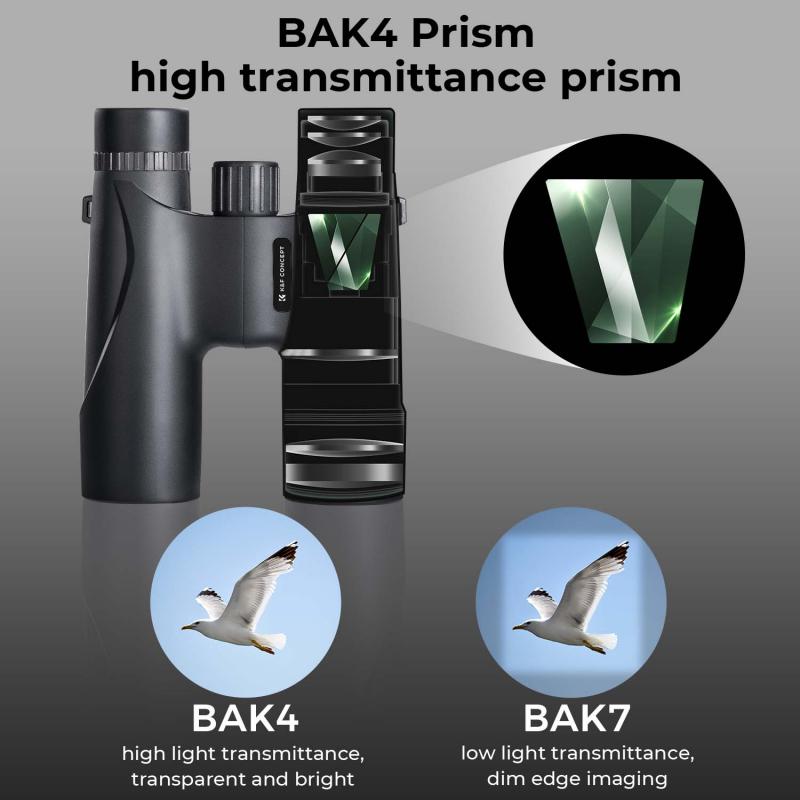
4、 Magnification and focal length: Determine the telescope's potential for high magnification.
How to buy a telescope for astronomy:
When purchasing a telescope for astronomy, there are several factors to consider to ensure you make the right choice. One important aspect to look at is the magnification and focal length of the telescope. These two factors determine the telescope's potential for high magnification, which is crucial for observing celestial objects in detail.
Magnification refers to how much larger an object appears when viewed through the telescope compared to the naked eye. It is calculated by dividing the focal length of the telescope by the focal length of the eyepiece being used. A higher magnification allows for closer views of celestial objects, such as planets, stars, and galaxies. However, it's important to note that higher magnification does not always mean better image quality. Atmospheric conditions and the quality of the telescope itself can limit the effectiveness of high magnification.
The focal length of a telescope is the distance between the primary lens or mirror and the point where the image is formed. A longer focal length generally results in higher magnification, while a shorter focal length provides a wider field of view. It's important to find a balance between the two, depending on your specific interests in astronomy.
In recent years, there has been a shift towards telescopes with shorter focal lengths and wider fields of view. This is because they are more suitable for capturing wide-angle views of the night sky, making them ideal for astrophotography and observing large celestial objects like galaxies and nebulae.
In conclusion, when buying a telescope for astronomy, consider the magnification and focal length to determine its potential for high magnification. However, it's important to find a balance between magnification and field of view based on your specific interests and the latest trends in the field.
